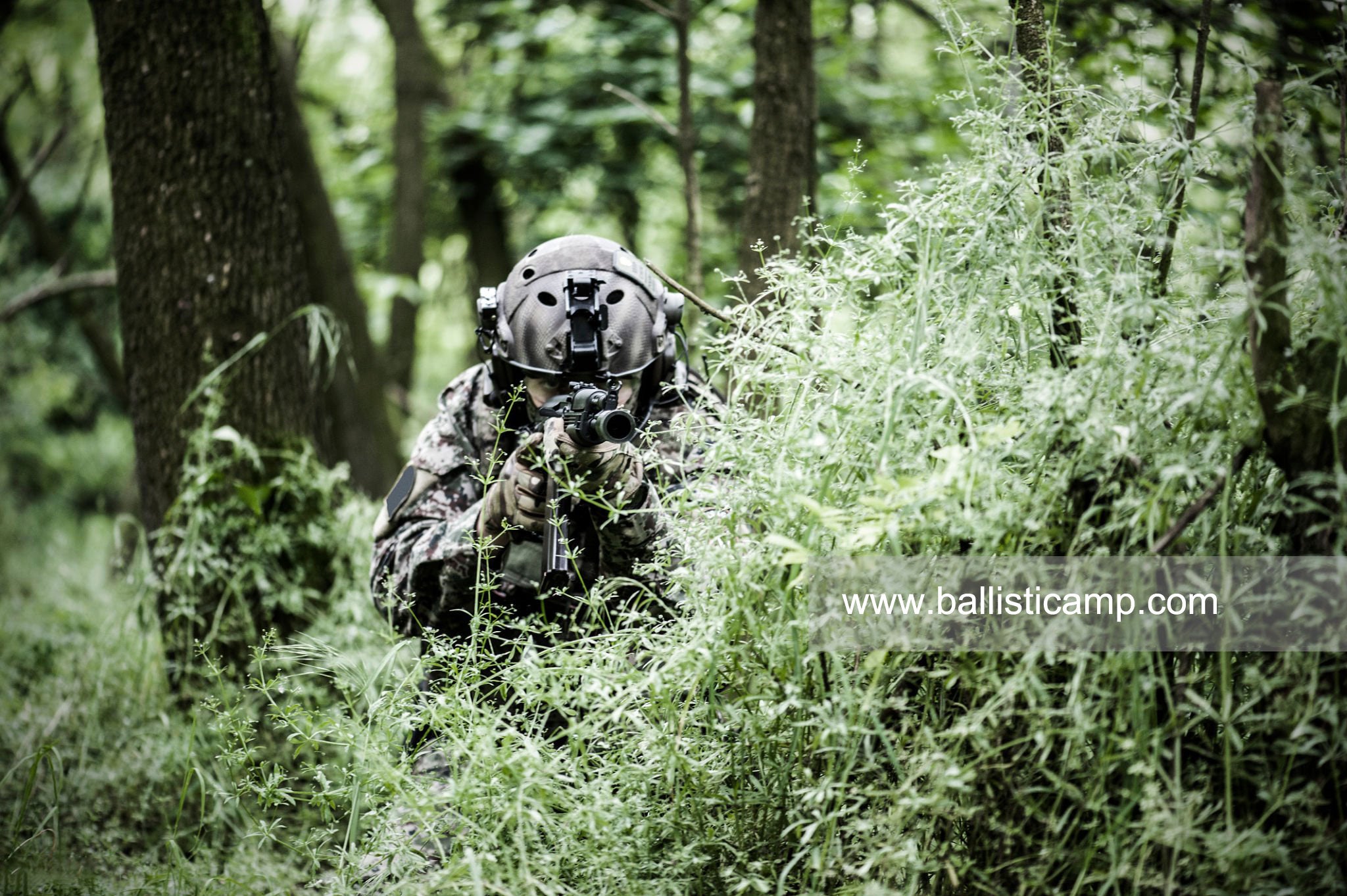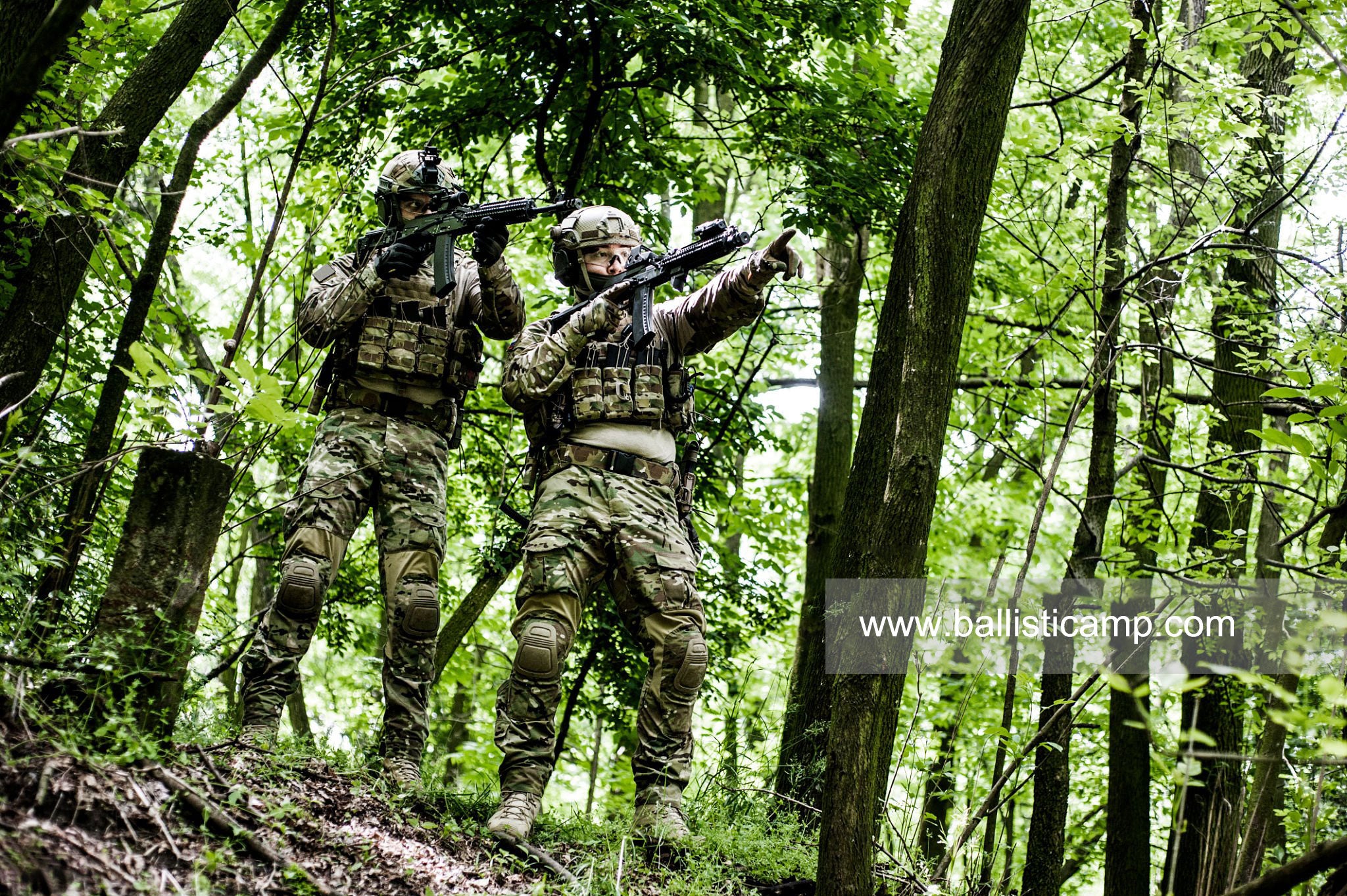Can a Ballistic Helmet Stop a 9mm Bullet?
In a world where personal safety is a growing concern, the effectiveness of various protective gear, such as helmets, is a topic of much debate. One recurring question that often arises is whether a standard helmet can withstand the impact of a bullet fired from a 9mm handgun. This article will delve into the intricacies of ballistic protection, the mechanics of bullet impact, the materials used in helmet construction, and ultimately, answer the pressing question: Can a helmet stop a 9mm bullet?

Understanding Ballistics and Bullet Impact
To assess whether a helmet can stop a 9mm bullet, it is crucial to first understand the basics of ballistics and the impact of a projectile on a target surface. Ballistics is the study of the motion, behavior, and effects of projectiles, particularly firearms and bullets. When a bullet is fired from a gun, it travels at high speed and carries kinetic energy, which is transferred upon impact with a target.
The ability of a material to stop a bullet depends on its composition, thickness, density, and design. When a bullet strikes a surface, it creates a high-pressure impact point that can cause the material to deform, fracture, or fail completely. The goal of protective gear like helmets is to dissipate and absorb the energy of the bullet to minimize injury to the wearer.
Helmet Construction and Materials
Modern helmets are designed to offer protection against a range of threats, including blunt force trauma, shrapnel, and ballistic impacts. They are typically constructed using multiple layers of specialized materials that work together to mitigate the effects of various types of projectiles.
Outer Shell: The outer shell of a helmet is usually made of hardened materials such as Kevlar, aramid fibers, or high-density plastics. This layer helps distribute the force of impact over a wider area and prevents penetration by the bullet.
Impact-Absorbing Liner: Beneath the outer shell is an impact-absorbing liner, often composed of foam or similar materials. This liner is designed to cushion the head and reduce the amount of energy transferred to the wearer upon impact.

Ballistic Protection Layer: For helmets designed to provide ballistic protection, there may be additional layers of ballistic material, such as steel plates, ceramic inserts, or ballistic fibers like Dyneema or Spectra. These materials are capable of withstanding high-velocity impacts and can deform or shatter to absorb the energy of the bullet.
Testing and Certification Standards
To assess the effectiveness of helmets in stopping bullets, manufacturers subject their products to rigorous testing procedures based on established standards set by organizations like the National Institute of Justice (NIJ) in the United States or the European Committee for Standardization (CEN) in Europe.
NIJ Ballistic Resistance Standard
The NIJ sets specific ballistic resistance standards for body armor, including helmets. These standards categorize ballistic threats based on caliber, muzzle velocity, and impact energy. For example, NIJ Level IIIA is designed to stop 9mm bullets with a velocity of up to 1400 feet per second.

CEN Ballistic Protection Standard
In Europe, helmets are tested according to the CEN standard EN 397 for industrial safety helmets and the EN 166 standard for face shields. These standards define requirements for impact resistance, penetration resistance, and shock absorption.
Can a Ballistic Helmet Stop a 9mm Bullet?
When it comes to the specific question of whether a helmet can stop a 9mm bullet, the answer is not a simple yes or no. The ability of a helmet to stop a 9mm bullet depends on several factors:
Type of Helmet: Helmets specifically designed for ballistic protection, such as military or tactical helmets, have a higher chance of stopping a 9mm bullet compared to standard construction helmets.
Bullet Type and Velocity: The design and velocity of the 9mm bullet play a crucial role in determining whether a helmet can stop it. Full metal jacket (FMJ) bullets are more likely to be stopped by a helmet compared to hollow-point or armor-piercing rounds.

Helmet Material and Design: The quality of materials used in the helmet's construction, as well as its design and layering, significantly impact its ability to withstand a bullet impact. Helmets with ballistic fibers, ceramic plates, or steel inserts offer enhanced protection.
Distance and Angle of Shot: The distance at which the shot is fired and the angle at which the bullet impacts the helmet also influence its effectiveness. Shots fired from close range or at a perpendicular angle are more likely to penetrate the helmet.
Conclusion
In conclusion, while helmets are designed to provide protection against a range of threats, including ballistic impacts, their ability to stop a 9mm bullet is not guaranteed in all cases. The effectiveness of a helmet in stopping a 9mm bullet depends on various factors, including the type of helmet, bullet velocity and design, helmet material, and testing standards.
As personal safety remains a paramount concern in an increasingly uncertain world, it is essential to invest in high-quality protective gear that meets established safety standards. While a helmet can offer valuable protection against a variety of threats, including blunt force trauma and ballistic impacts, it is important to understand its limitations and choose the appropriate gear for specific risks and circumstances.
Ultimately, the question of whether a helmet can stop a 9mm bullet underscores the complex interplay between design, materials, testing standards, and real-world conditions. By staying informed and making informed choices about protective equipment, individuals can enhance their safety and well-being in potentially dangerous environments.


